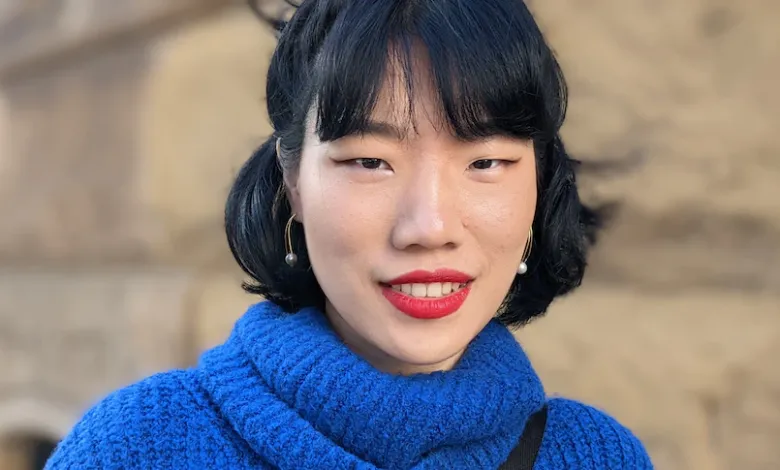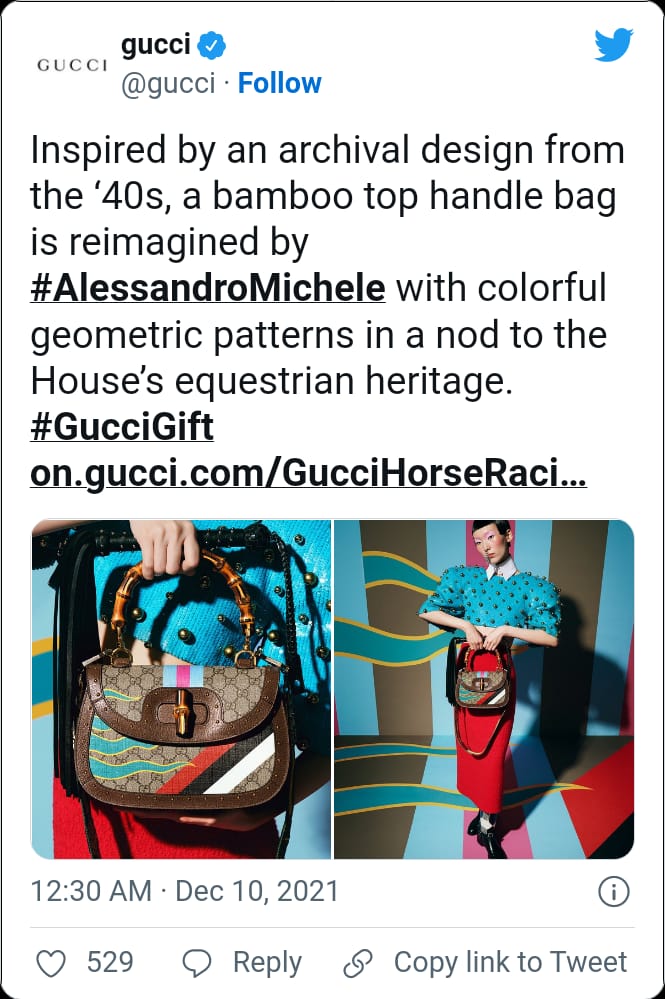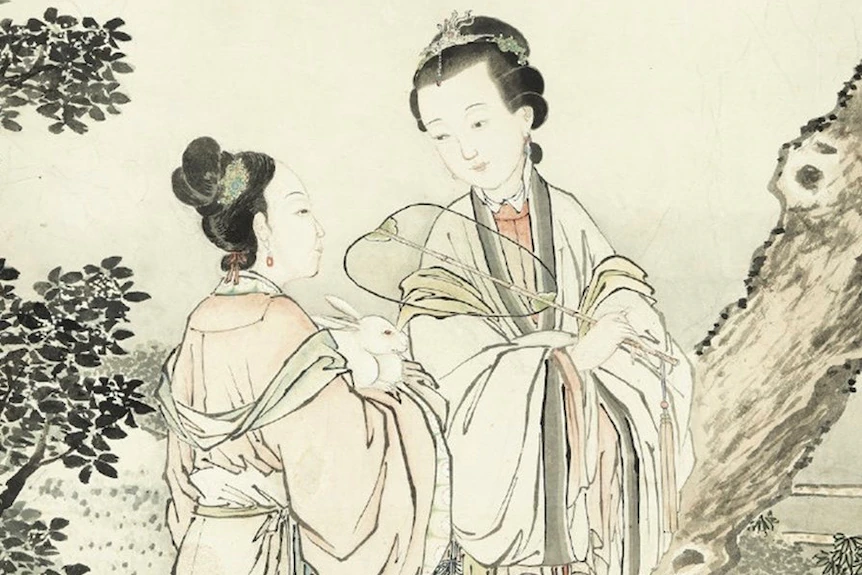The UK’s Advertising Standards Authority (ASA) has deemed two Zara product images “socially irresponsible” and ordered their removal from the retailer’s website after a complaint, citing the portrayal of models with protruding collarbones and an overall impression of unhealthy thinness.
ASA Cites “Unhealthy Thinness” in Two Zara Ads
In May, Zara featured two product listings on its UK website—a loose-fit shirt and a short dress—that drew regulatory scrutiny. The ASA concluded these images gave the impression of unhealthy thinness, citing the models’ protruding collarbones, gaunt facial appearance, and noticeably slim limbs.
Details Behind the Complaints
- Oversized Shirt Ad: The low-cut design spotlighted the model’s collarbone, made more prominent by her pose and loose arms, resulting in a “very slim” impression.
- Short Dress Ad: The second image accentuated the model’s thin legs through shadows, while her slicked-back hair and lighting contributed to a gaunt appearance.
Zara’s Response and Removal of the Ads
Zara promptly removed the two images from its UK site once the ASA raised concerns. The company maintained that both models were medically certified as healthy, in compliance with recommendations from the UK Model Health Inquiry, and that any image editing was limited to minor lighting and coloring adjustments. A Zara UK spokesperson reiterated the brand’s commitment to “responsible content” and adherence to stringent model selection guidelines.
A Growing Trend in Regulating Body Representation
This incident follows similar ASA rulings against Marks & Spencer and Next, which also had ads banned for depicting models perceived as unhealthily thin due to pose, styling, or camera angles. The regulator’s increased scrutiny reflects heightened concerns about body image and the responsibility of brands to portray models in a healthy, diverse manner.
Enough is enough. Fashion advertising needs to get real – transparency, diversity and honest representation aren’t optional anymore. It’s time for the industry to take responsibility and finally move past these outdated beauty standards. Real change means showing all bodies – not just one narrow ideal – and celebrating what makes us different rather than pretending we’re all the same.
From: Euronews





